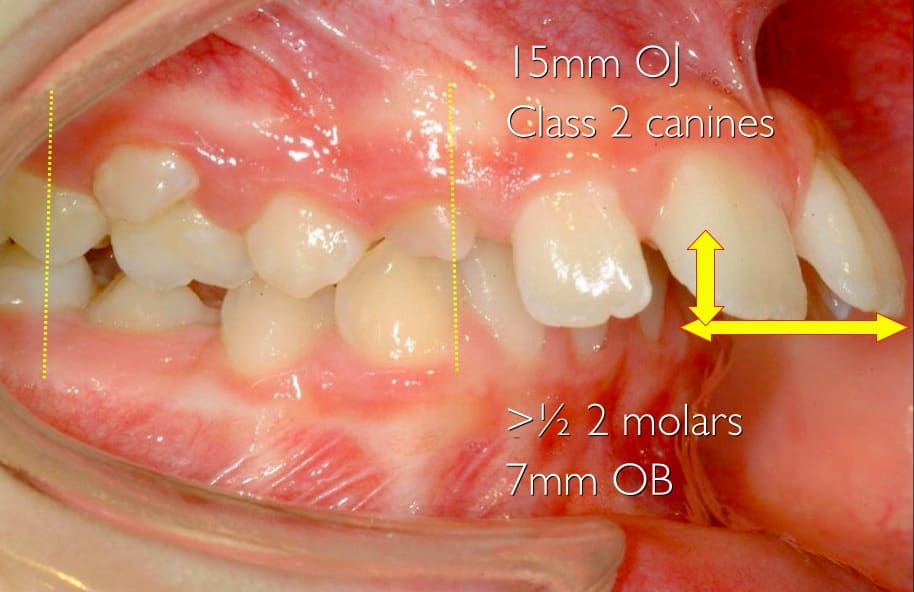Advances in Management of Class II Malocclusions

By A Mystery Man Writer
Although mandibular advancement by bilateral sagittal split osteotomy seems to be a good mandibular treatment option to treat skeletal class II malocclusion, it is less stable than setback; relapse depends on a wide range of patient‐centered and surgeon‐centered factors relating to the skill and experience of the surgeon, proper seating of the condyles, the exact amount of mandibular advancement, the tension of the muscles and soft tissues, the mandibular plane angle, and the patient's age. In fact, patients with low and high mandibular plane angles have increased vertical and horizontal relapses, respectively. Nonsurgical management of class II malocclusion may be an option by which to effectively manage such cases. The present chapter discusses different treatment modalities for clinical management of class II malocclusion in growing and non‐growing patients.

Figure 15 from Emergencies in Orthodontics. Part 2: Management of
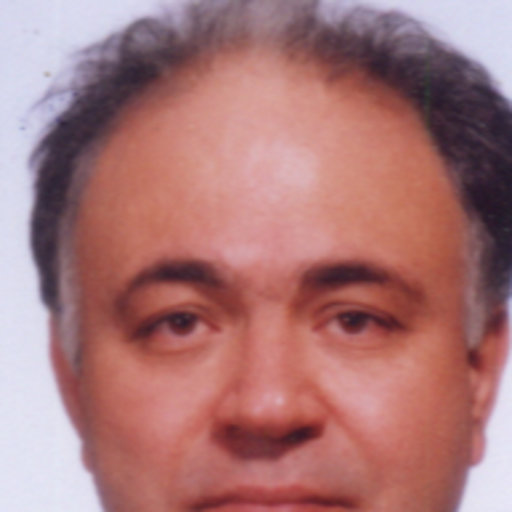
Hossein BEHNIA, Professor (Full)

PDF] Predictive factors of sagittal stability after treatment of

PDF) Thin-plate spline analysis of mandibular shape changes

Treatment Protocol for Skeletal Class III Malocclusion in Growing

Advances in Management of Class II Malocclusions

PDF] Predictive factors of sagittal stability after treatment of

Advances in Management of Class II Malocclusions
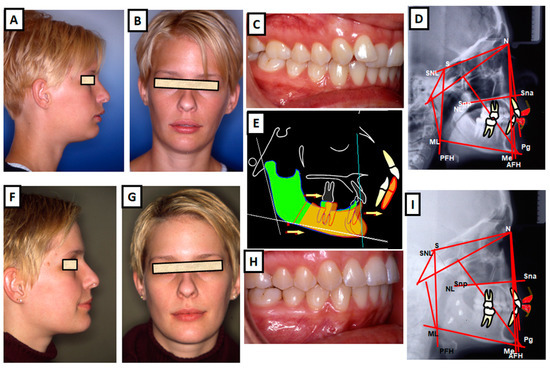
JCM, Free Full-Text

JCM, Free Full-Text

PDF) More on fixed magnetic appliances

Treatment Protocol for Skeletal Class III Malocclusion in Growing

Treatment Protocol for Skeletal Class III Malocclusion in Growing

Treatment Protocol for Skeletal Class III Malocclusion in Growing
- Can I program the recipes to fit my favourite size cup? FAQ
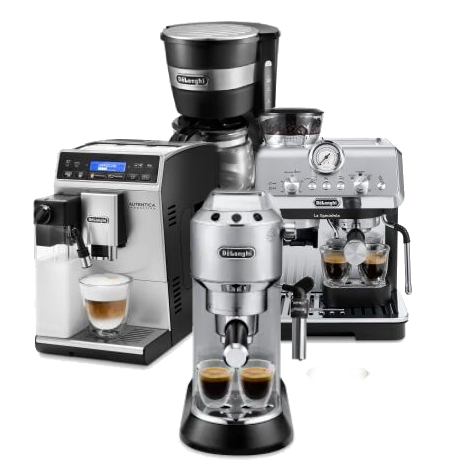
- Impressive Bachelorette Gift Basket Ideas (That You've Never Tried!) - For Every Hen

- Italian Handmade Leather Bags for Woman L L Elegant Leather Tote

- Ingersoll Rand Diesel-Powered Air Compressor, 10 HP Yanmar Diesel Engine, 30 Gallon Horizontal Tank, 24.3 CFM, Model# 2475F10DY
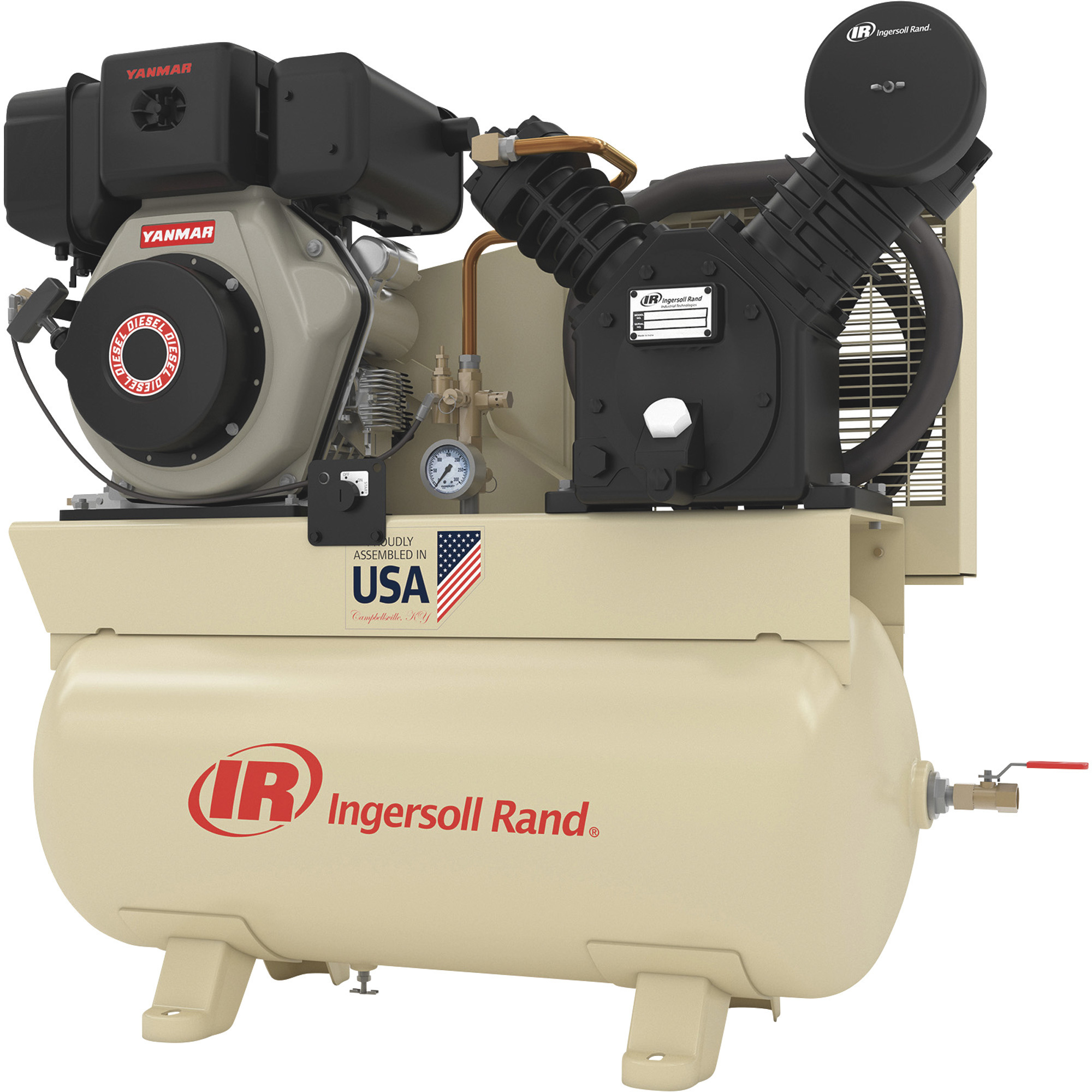
- 33+ Best Sims 4 CC Packs (FREE Fan Made Stuff Packs And More!)


